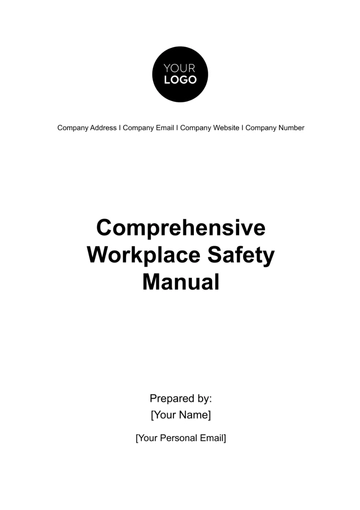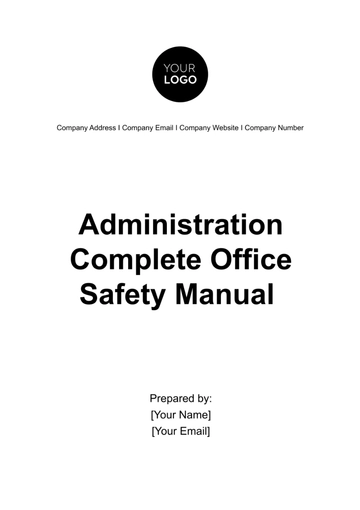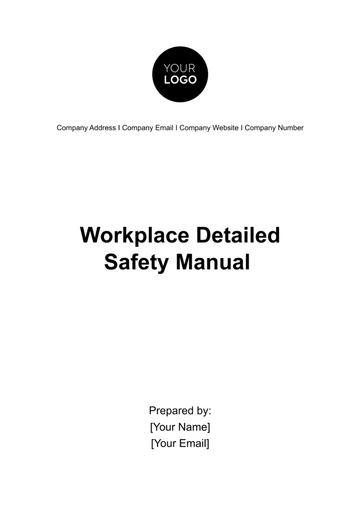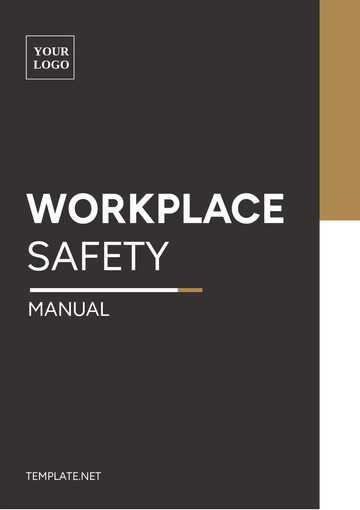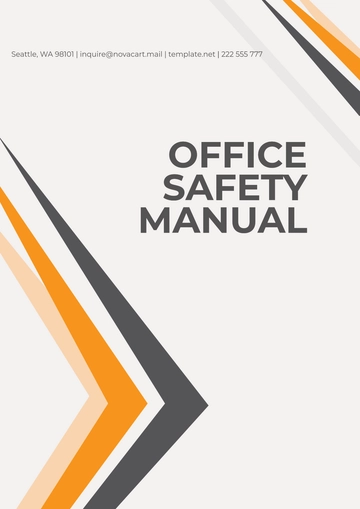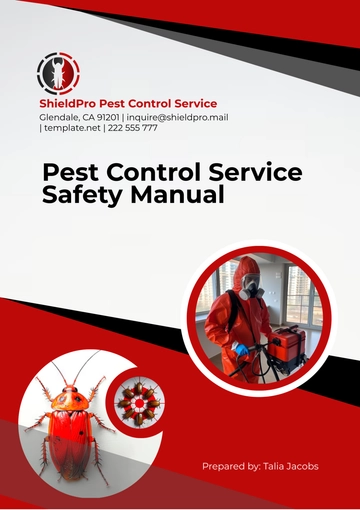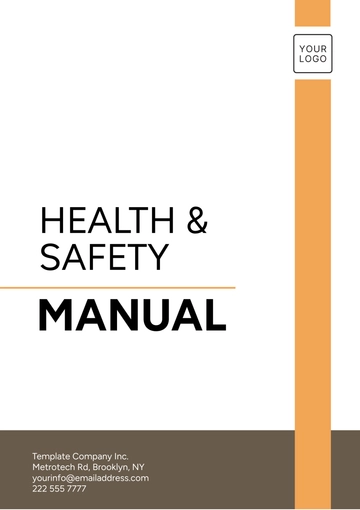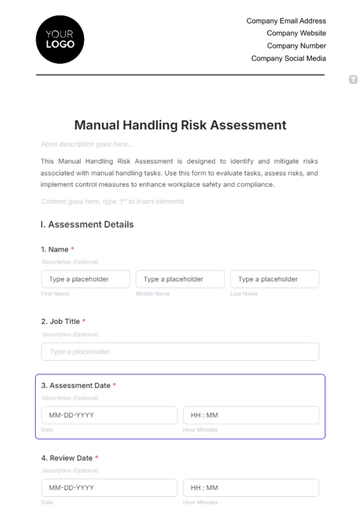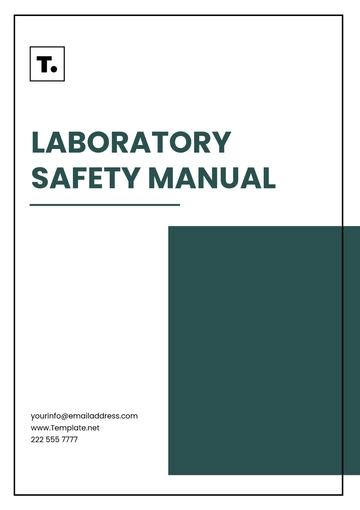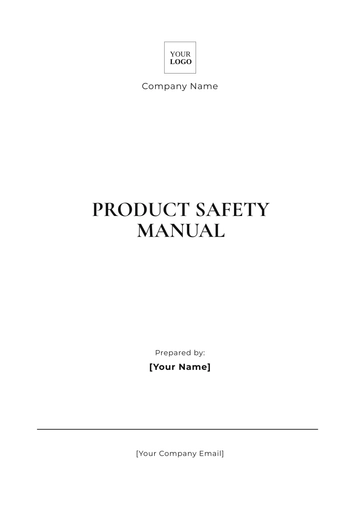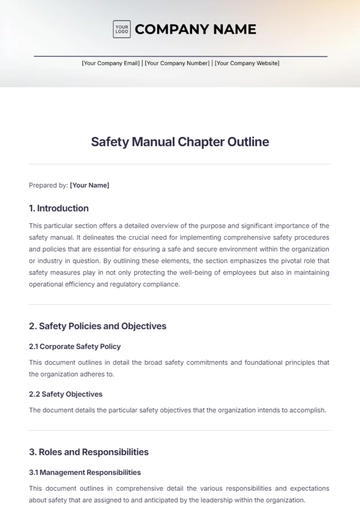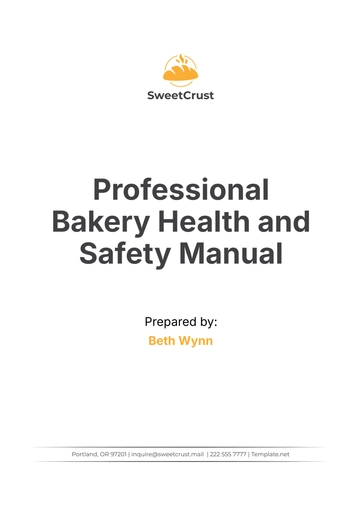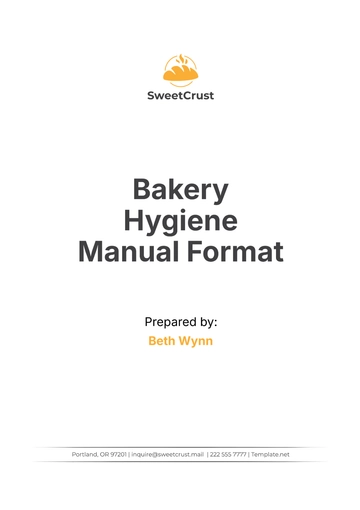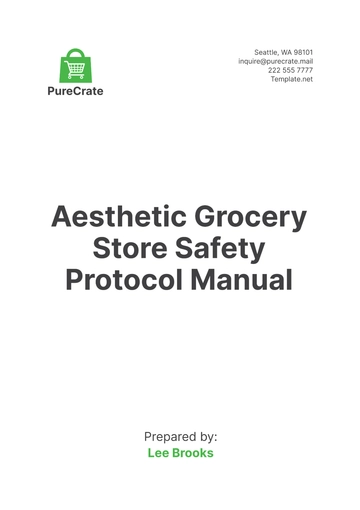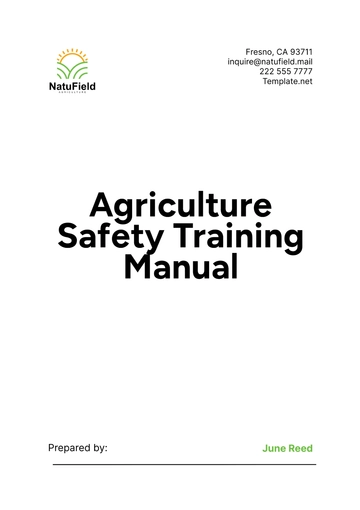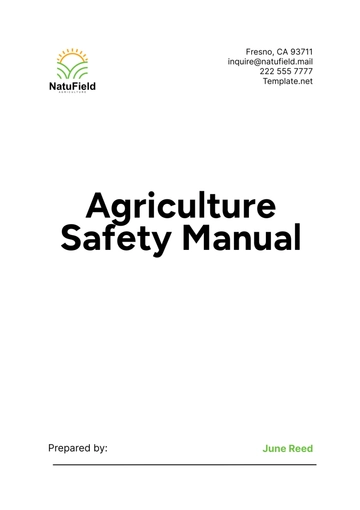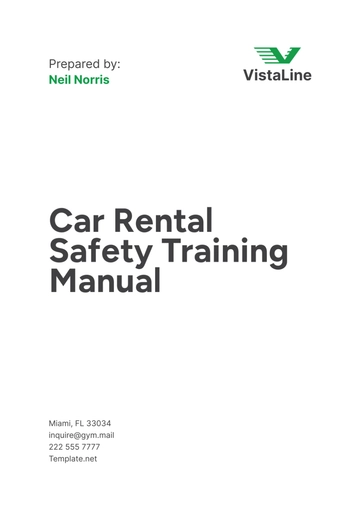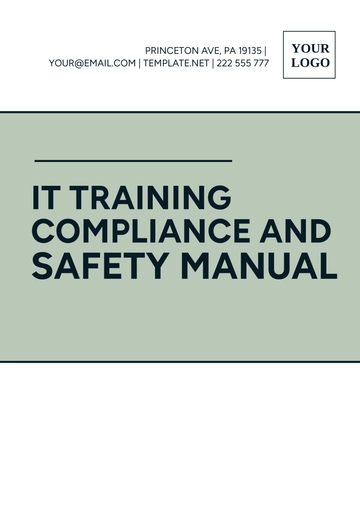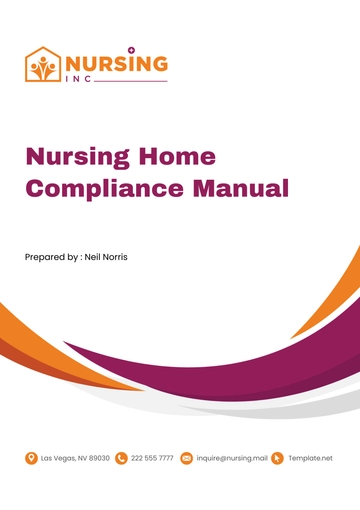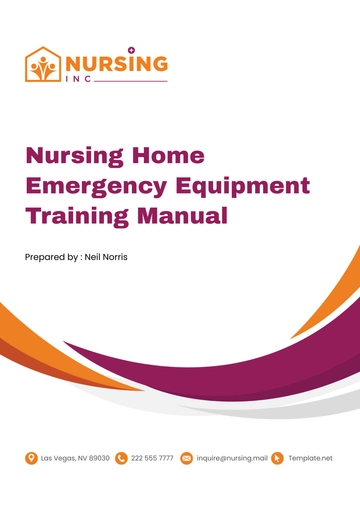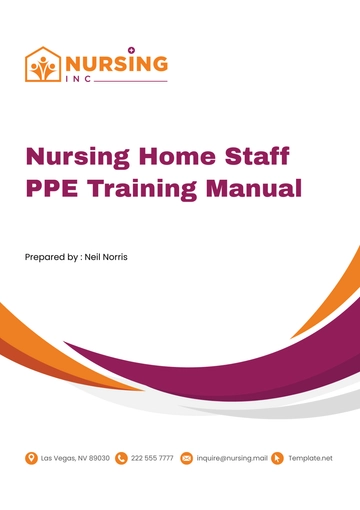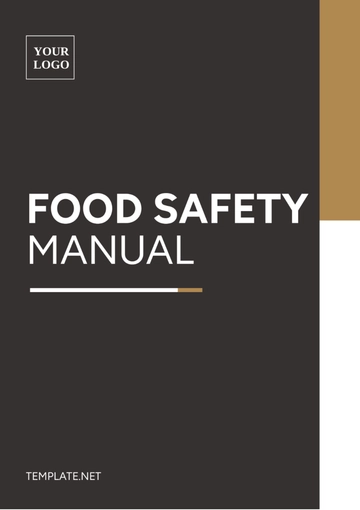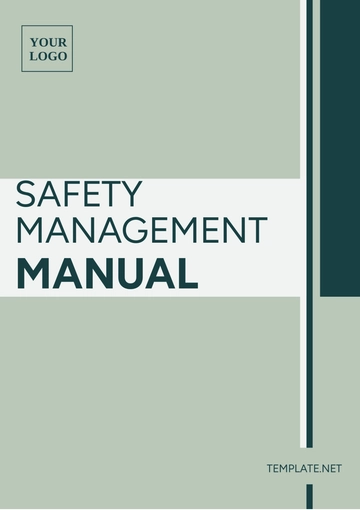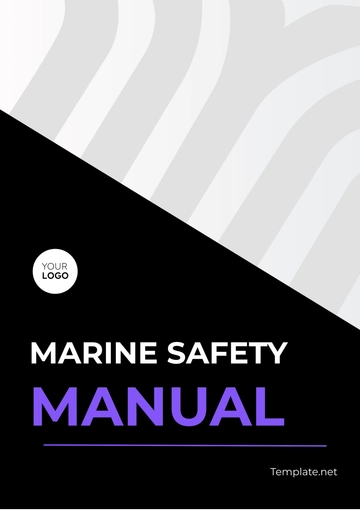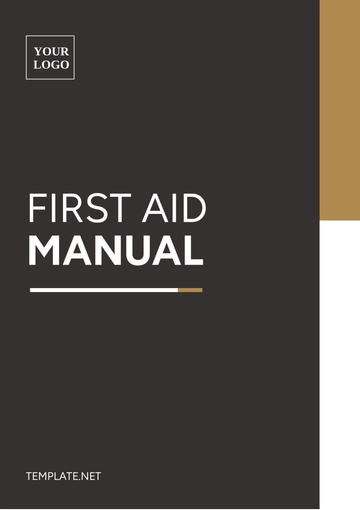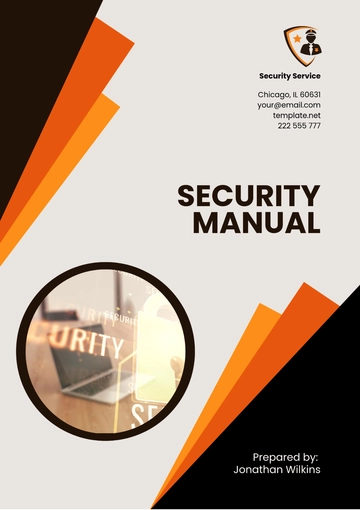Free Employee Safety Manual
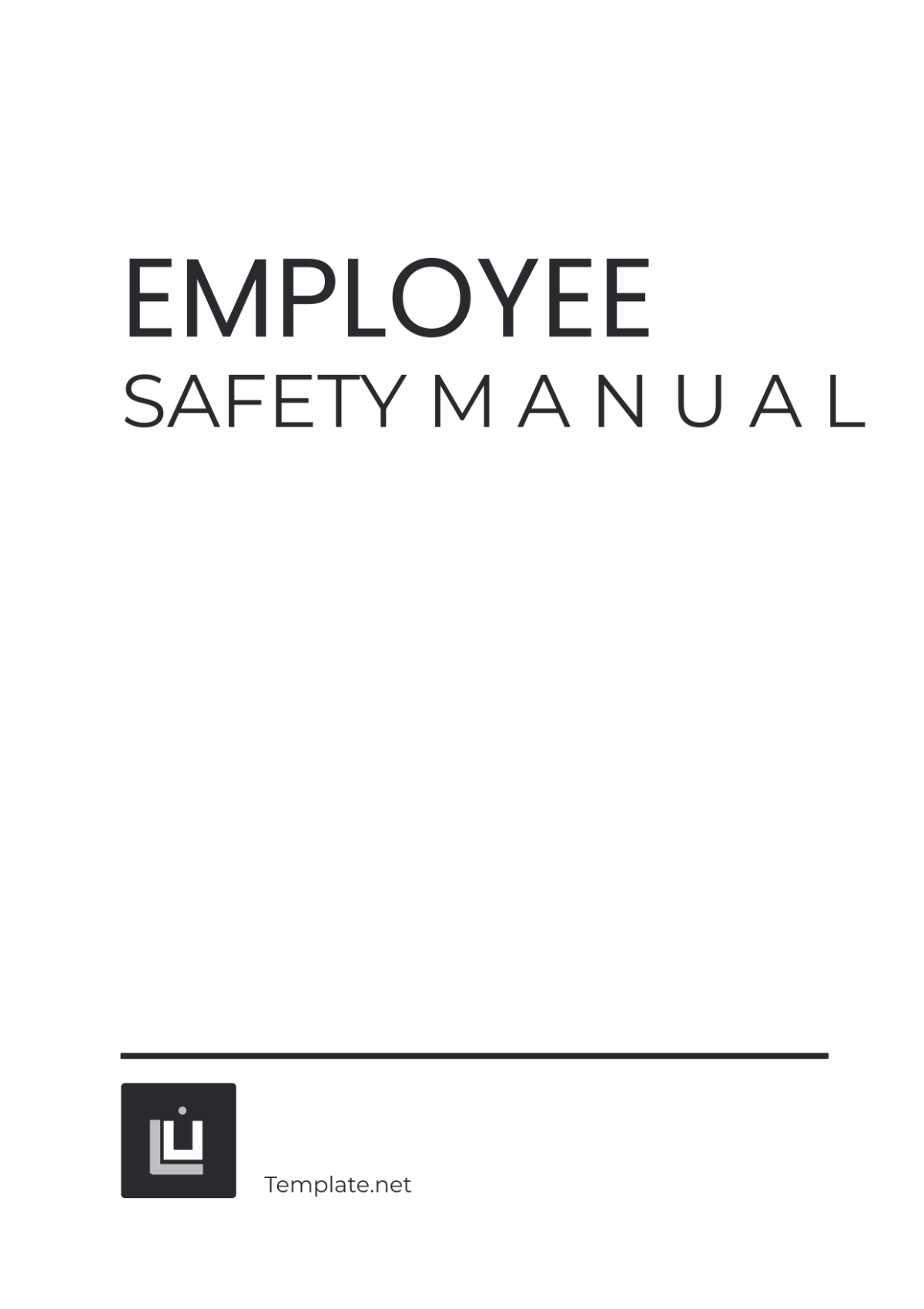
NAME: | COMPANY: | DEPARTMENT: | DATE: |
|---|---|---|---|
[YOUR NAME] | [YOUR COMPANY NAME] | [YOUR DEPARTMENT] | [DATE] |
I. INTRODUCTION
Welcome to the EMPLOYEE SAFETY MANUAL for [YOUR COMPANY NAME]. This manual serves as a comprehensive guide to ensuring the safety and well-being of all employees within our organization. Safety is our top priority, and by familiarizing yourself with the contents of this manual, you are taking an important step towards creating a safe and secure work environment for yourself and your colleagues.
In this section, you will find an overview of the importance of employee safety, the scope of this manual, and the key principles that guide our commitment to safety excellence. Understanding and implementing the guidelines outlined in this manual will help prevent accidents, injuries, and occupational hazards, ensuring a safe and productive workplace for all.
II. SAFETY CULTURE
A. Importance of Safety Culture
Safety culture refers to the shared values, attitudes, and behaviors regarding safety within an organization. A positive safety culture is essential for fostering a workplace environment where employees feel empowered to prioritize safety and actively participate in safety initiatives. It promotes open communication, accountability, and continuous improvement in safety performance.
B. Our Commitment to Safety
At [YOUR COMPANY NAME], safety is ingrained in our company culture. We are committed to providing a safe and healthy work environment for all employees, contractors, and visitors. This commitment is reflected in our policies, procedures, and ongoing efforts to identify and mitigate workplace hazards. By working together and adhering to safety protocols, we can ensure the well-being of everyone in our organization.
III. SAFETY POLICIES AND PROCEDURES
A. General Safety Policies
Safety Compliance: All employees are required to comply with all applicable safety regulations, standards, and procedures to ensure a safe work environment.
Personal Protective Equipment (PPE): Proper PPE must be worn in designated areas or when performing tasks where hazards are present.
Emergency Procedures: Familiarize yourself with emergency evacuation routes, assembly points, and procedures in the event of fire, medical emergencies, or other crises.
B. Hazard Identification and Reporting
Reporting Hazards: Employees are encouraged to report any hazards, unsafe conditions, or near misses to their supervisor or safety officer promptly.
Hazard Mitigation: Supervisors are responsible for promptly addressing reported hazards, implementing control measures, and communicating safety updates to affected employees.
IV. WORKPLACE SAFETY
A. Safe Work Practices
Housekeeping: Maintain a clean and organized work area to prevent slips, trips, and falls. Dispose of waste and debris properly to minimize hazards.
Equipment Safety: Operate machinery and equipment only if trained and authorized to do so. Follow all safety protocols and use safety guards and devices as required.
B. Ergonomics
Workstation Setup: Arrange workstations ergonomically to minimize strain and discomfort. Adjust chairs, desks, and computer monitors to promote proper posture and reduce the risk of musculoskeletal injuries.
Stretching and Breaks: Encourage regular stretching exercises and breaks to prevent fatigue and reduce the risk of repetitive strain injuries.
V. TRAINING AND EDUCATION
A. Safety Training
New Employee Orientation: All new employees will receive safety orientation training upon hire to familiarize them with company safety policies, procedures, and expectations.
Job-Specific Training: Employees will receive job-specific safety training relevant to their roles, including hazard recognition, emergency procedures, and safe work practices.
B. Ongoing Education
Safety Meetings: Regular safety meetings will be held to discuss safety topics, share lessons learned, and reinforce safety culture.
Continuing Education: Employees will have access to ongoing safety education and training opportunities to stay informed about new regulations, technologies, and best practices.
VI. INCIDENT MANAGEMENT
A. Reporting and Response
Incident Reporting: Employees must report all workplace incidents, accidents, injuries, and near misses to their supervisor or safety officer immediately.
Investigation: Upon receiving a report, supervisors will conduct a thorough investigation to determine the root cause of the incident and implement corrective actions to prevent recurrence.
B. First Aid and Medical Assistance
First Aid Kits: Ensure that first aid kits are readily available and stocked with necessary supplies in designated areas throughout the workplace.
Medical Assistance: In the event of a medical emergency, employees should seek prompt medical attention from designated first aid personnel or emergency services as needed.
VII. WORKPLACE WELLNESS
A. Mental Health Support
Awareness and Education: Promote awareness of mental health issues and provide resources for employees to access support services and counseling.
Work-Life Balance: Encourage work-life balance initiatives, such as flexible scheduling and wellness programs, to support employees' mental and emotional well-being.
B. Physical Health Promotion
Fitness Programs: Offer fitness programs, gym memberships, or wellness activities to promote physical health and encourage regular exercise.
Healthy Lifestyle Resources: Provide information and resources on nutrition, hydration, and healthy lifestyle choices to help employees maintain their physical well-being.
VIII. EMERGENCY PREPAREDNESS
A. Emergency Response Plans
Evacuation Procedures: Establish clear evacuation procedures and assembly points in the event of fire, natural disasters, or other emergencies.
Communication Protocols: Implement effective communication systems to relay emergency information and instructions to all employees promptly.
B. Training and Drills
Emergency Response Training: Conduct regular training sessions and drills to familiarize employees with emergency response procedures and their roles during emergencies.
Mock Scenarios: Simulate emergency scenarios to test the effectiveness of emergency response plans and identify areas for improvement.
IX. CONCLUSION
Congratulations on completing the EMPLOYEE SAFETY MANUAL for [YOUR COMPANY NAME]! This manual serves as a vital resource for promoting a culture of safety and well-being within our organization. By adhering to the policies, procedures, and practices outlined in this manual, we can create a safe and secure work environment for all employees.
- 100% Customizable, free editor
- Access 1 Million+ Templates, photo’s & graphics
- Download or share as a template
- Click and replace photos, graphics, text, backgrounds
- Resize, crop, AI write & more
- Access advanced editor
Revamp your safety protocols effortlessly with Template.net. Explore our customizable and editable Employee Safety Manual Template. Crafted for convenience, it's editable in our intuitive Ai Editor Tool. Elevate workplace safety seamlessly. Find this and more at Template.net.
